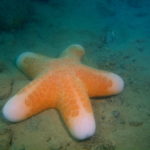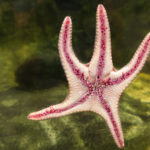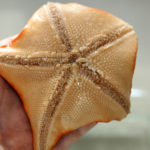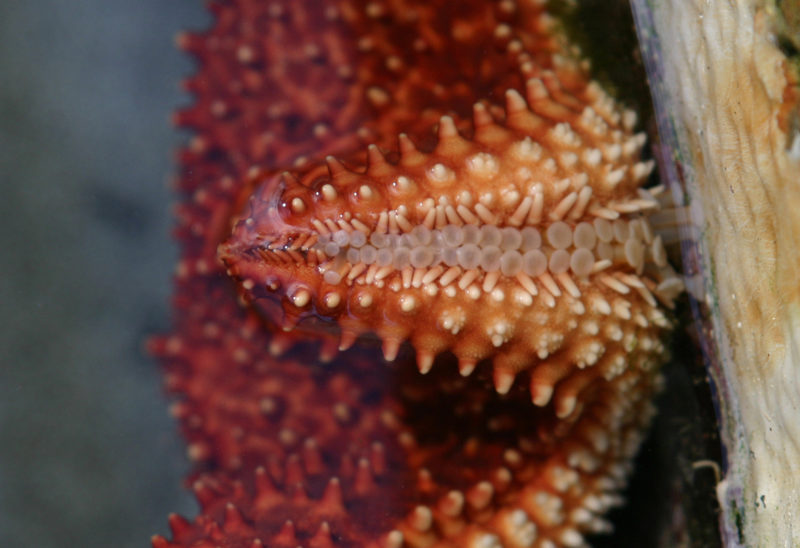It is always exciting to find one of these fascinating creatures while beach combing, but the question often arises: what's the difference between a starfish and a sea star? A starfish is an echinoderm, meaning that it's an invertebrate with radial symmetry. It's in the same phylum as sea urchins, sand dollars, and sea lilies, which means it's not considered a fish. Because of these characteristics, scientists are now calling what we've long called 'starfish' sea stars instead, to remove the false nomenclature. What makes a sea star special?



Traits of the sea star
The sea star has some incredibly unique traits compared to other sea animals. Although they usually have five arms, some species that can grow many more — sometimes up to 40. There are over 6,000 species of sea stars, including basket stars, feather stars, brittle stars, and many more. You can find them everywhere from tiny crevices at deep depths to sunbathing in shallow coastal waters. Left undisturbed, sea stars can live to around 35 years old.
The sea star is unique due to its water vascular system. This system, rather than using blood to circulate nutrients throughout the body, works by filtering the sea water around the animal. This pumps nutrients and water throughout the body in order to jump start the nervous system. Because sea stars rely so heavily on water circulation they must remain submerged to live long, healthy lives. Please don't handle them or remove them from the water.
Moving and eating

This water vascular system not only helps the sea star get nutrients, but also with its movement. The sea star allows ambient water to flow within its body, working its way to the tube feet. The added water helps these tube feet propel the animal around the ocean floor, either moving away from predators or searching for a meal. Most sea stars are omnivorous, feeding on a variety of living and dead plant or marine matter on the ocean floor. Once the sea star captures its meal, the tiny suction cups latch onto the food. This allows the animal's stomach to exit the "mouth" until it is done eating. After the meal, the stomach reenters the body. Because they are bottom feeders, sea stars work as part of a cleanup crew, helping keep tropical coral reefs free of debris.
So next time you see one in a tidal pool, remember, it's not a starfish; it's a sea star; and it's more complicated than it looks.
By guest author Liz Maynor
The post Marine Species: Sea Star appeared first on Scuba Diver Life.
from Scuba Diver Life https://ift.tt/2K59w0T
No comments:
Post a Comment